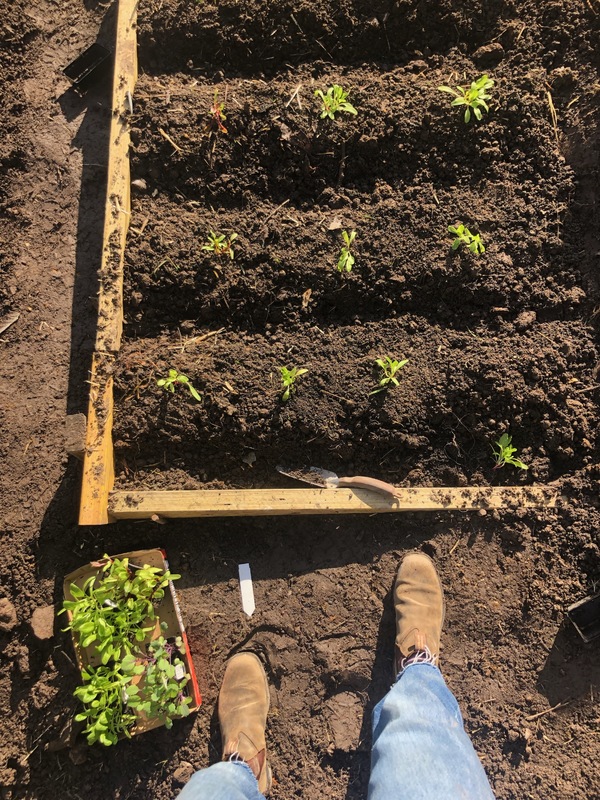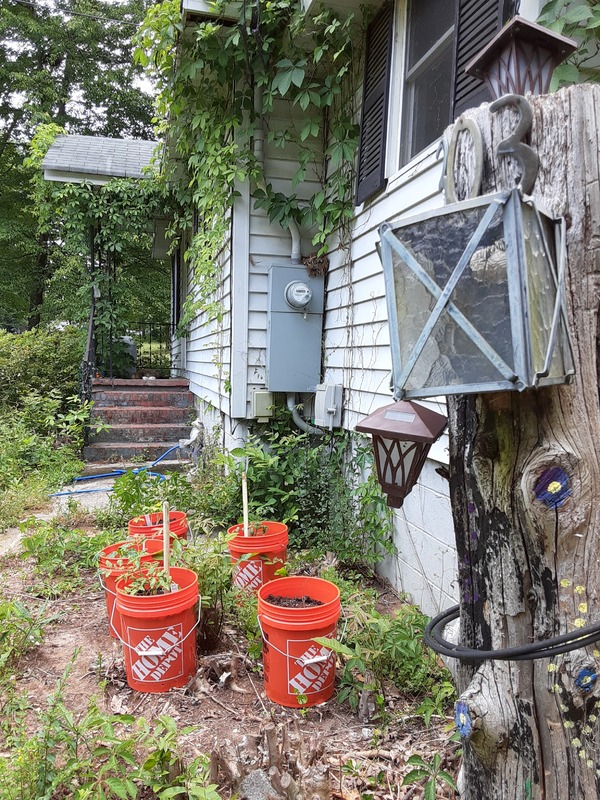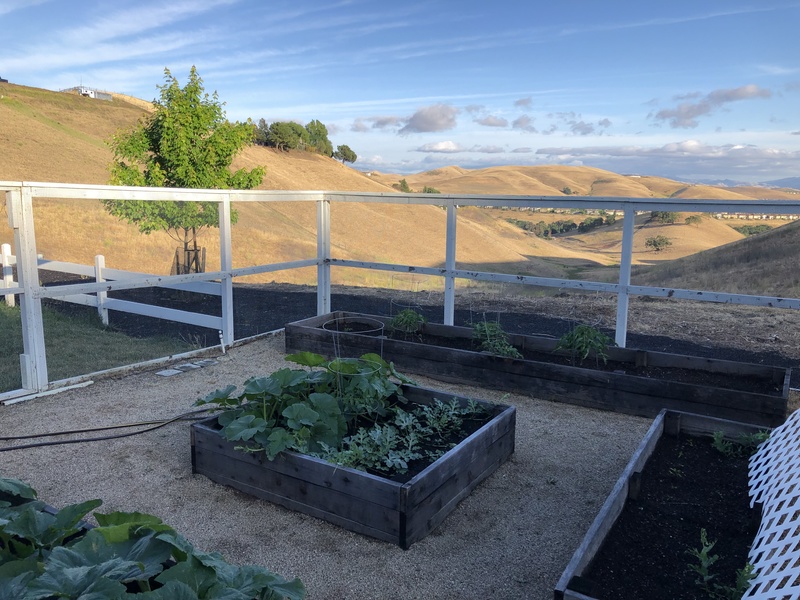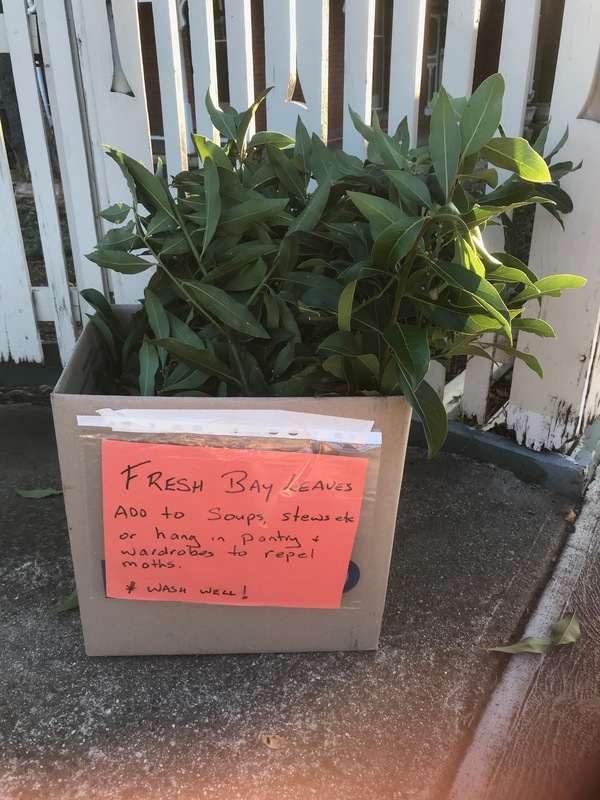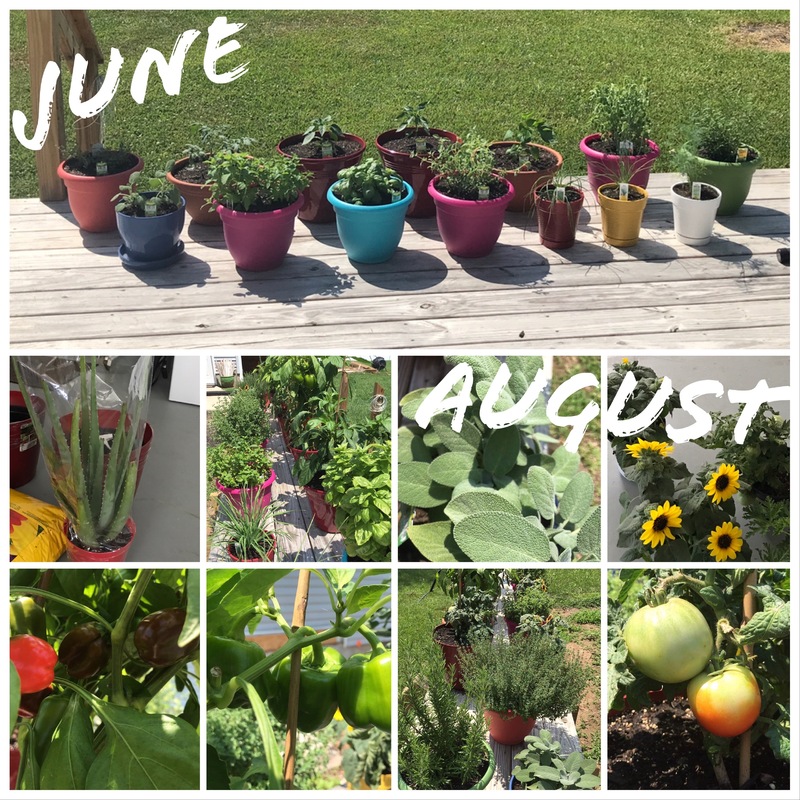The Environment and The Pandemic: Gardening and Growing Food
The pandemic led some to immerse themselves in gardening as a way to cope with the stress of the pandemic and to provide a way to get out of their house. Fears about food shortages resulting from disruptions in supply chains and hoarding, concerns about exposure to the virus by going to the grocery store and restaurants, and reduced financial resources for those who lost their jobs led many to grow their own food. Gardening helped people forge a stronger connection with the environment, combat stress, and eat healthier. The movement towards growing one’s own food may be a positive legacy of the pandemic.
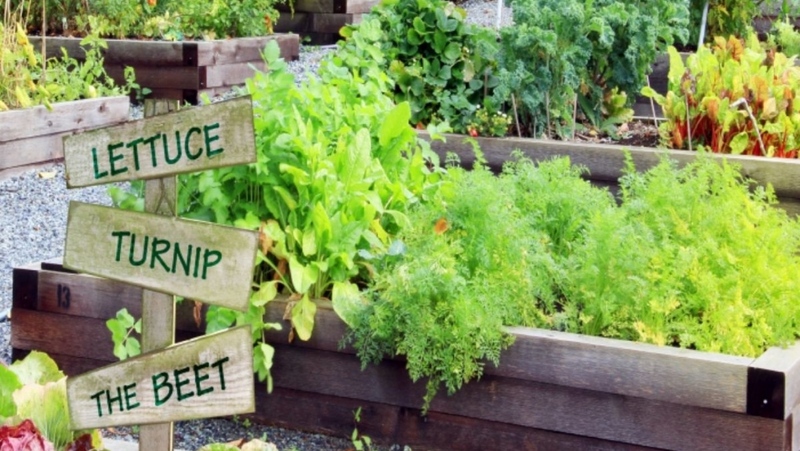
Over half of Canadians embracing the joy of pandemic gardening
"Not only did they want to spend more time outside, but some were also concerned about food affordability due to the shortage of produce."

Home gardening blooms around the world during coronavirus lockdowns
"We’ll come out in the end and hopefully everyone will be eating better and gardening more and more self-reliant."

The Role of Community Gardens During the COVID-19 Pandemic
“Community gardens are one way to address issues of wealth inequity, food insecurity, mental health, social and emotional support, and public health during the pandemic.”
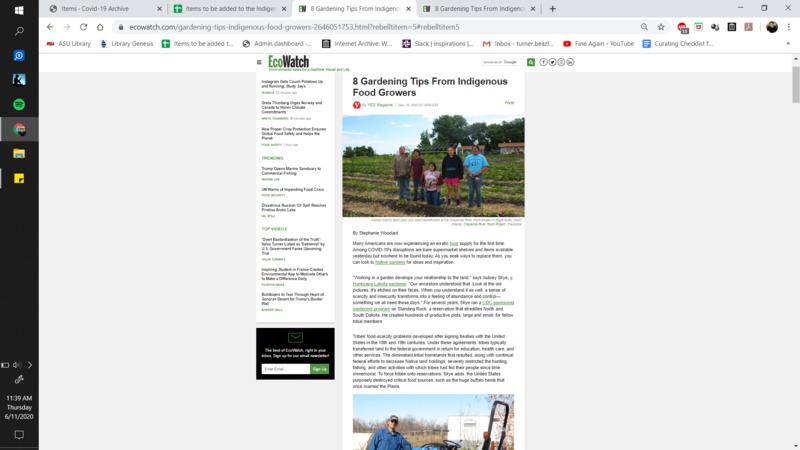
8 Gardening Tips from Indigenous Food Growers
"‘Working in a garden develops your relationship to the land,’ says Aubrey Skye, a Hunkpapa Lakota gardener."
The pandemic led some to think of their ancestors and how they fed themselves, while others helped foster communities by sharing their garden bounty.

